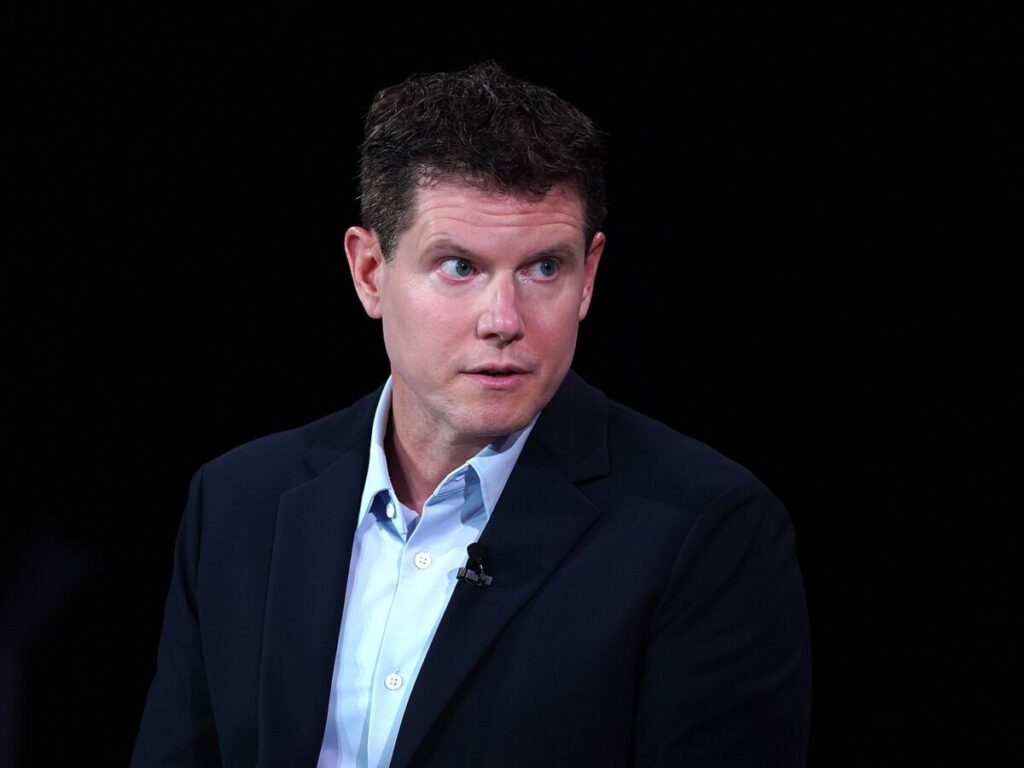Amazon plans to absorb Whole Foods’ entire workforce as part of ‘Project Cremini’
In a significant shift for the grocery industry, Amazon is fully integrating Whole Foods into its operational framework, a move that reflects the company’s ongoing efforts to streamline and enhance its grocery business. Under the leadership of Jason Buechel, who serves as both Whole Foods CEO and Amazon’s VP of Worldwide Grocery, the initiative—dubbed Project Cremini—aims to incorporate Whole Foods’ more than 100,000 employees into Amazon’s core business systems by next year. This integration will standardize performance reviews, workplace tools, and payroll processes, consolidating Whole Foods’ operations with Amazon’s broader grocery strategy. The initiative comes as Amazon aims to unify its grocery offerings and tackle the challenges that have plagued Whole Foods since its $13.7 billion acquisition in 2017.
Buechel’s vision for a “One Grocery” approach emphasizes collaboration and efficiency, as he seeks to eliminate internal redundancies that have hindered growth. For example, Amazon has begun consolidating vendor-management teams that previously operated separately for online and physical stores, which is expected to yield an estimated additional profit of $94 million. Additionally, the launch of the “Fusion” project, which facilitates grocery deliveries from both Fresh and Whole Foods stores, illustrates Amazon’s commitment to creating a seamless shopping experience. Buechel’s metaphor of a “flying formation” underscores the importance of teamwork, suggesting that a united approach will enable Amazon’s grocery divisions to operate more effectively and adapt to changing consumer behaviors.
As Amazon continues to evolve its grocery strategy, CEO Andy Jassy has highlighted the growing significance of online grocery shopping, noting that Amazon’s grocery and everyday goods business exceeded $100 billion in gross merchandise sales over the past year. This growth is attributed to an increase in customer engagement, with online grocery shoppers exhibiting higher frequency and loyalty compared to those purchasing nonperishable items. With Buechel at the helm and a clear focus on integration and efficiency, Amazon is positioning itself to reshape the grocery landscape, responding to consumer demands for convenience and innovation in shopping experiences. As the integration of Whole Foods progresses, the company aims to redefine how customers approach grocery shopping, moving away from traditional weekly stock-ups to a more dynamic, frequent purchasing model.
Whole Foods CEO and Amazon VP of Worldwide Grocery Jason Buechel
Leigh Vogel/Getty Images for Concordia Summit
Amazon will integrate all Whole Foods frontline workers into its core business systems.
Whole Foods is finally being absorbed into Amazon’s broader operations.
Amazon grocery boss Jason Buechel has emphasized the need for a unified grocery strategy.
Earlier this year,
Amazon
started folding
Whole Foods’
corporate staff into its own employee systems. Now, it’s gearing up to do the same with thousands of frontline workers.
The move is part of Project Cremini, an initiative designed to integrate Whole Foods’ entire 100,000-plus corporate and frontline workforce into
Amazon’s
core business structure by next year, according to internal documents reviewed by Business Insider.
Once the shift is complete, every Whole Foods employee, across corporate and frontline roles, will use Amazon’s internal systems for performance reviews, workplace tools, and pay, with checks coming straight from Amazon.
The move marks Amazon’s latest step to unify its grocery operations and reinvigorate growth at Whole Foods, which has remained largely independent since the $13.7 billion acquisition in 2017. Ongoing challenges in the grocery space have prompted repeated
reorganizations
and shifting priorities over the years, Business Insider previously
reported
.
The move also marks the most significant imprint yet from Whole Foods CEO and Amazon VP of Worldwide Grocery
Jason Buechel
. Since being promoted to oversee Amazon’s entire grocery business earlier this year, Buechel has accelerated the integration of Whole Foods with its parent company, championing a
“One Grocery”
mindset.
In an email to Business Insider, Amazon spokesperson Griffin Buch said the company’s grocery business now serves more than 150 million customers with nearly 3 million grocery and everyday items. In the first half of 2025, Amazon’s everyday essentials, which include groceries and household goods, grew nearly twice as fast as all other categories in the US, Buch added.
“As we continuously work to make it easier to collaborate and innovate on behalf of our customers, we’re exploring new ways of working across our grocery and everyday essentials business,” Buch said in an email. “These efforts reflect our focus on making grocery shopping easier, faster, and more affordable for customers.”
‘A single, efficient grocery business’
It’s been a busy first year for Buechel, who now runs both Whole Foods and Amazon’s Fresh grocery business. He’s pushed for a “unified employee experience” and made cutting
internal bureaucracy
a top priority.
As part of this effort, Amazon recently started consolidating its vendor-management teams for online and physical stores, according to one of the documents. Previously, Amazon used different supply chain teams, infrastructure, and tools for vendor buying and forecasting functions, creating inefficiencies, the document explained.
The 3-year process will start with Amazon’s 16 largest food vendors, and is expected to result in at least $94 million in additional profit, the document estimated. The goal is to “create a single, efficient grocery business” and “eliminate duplicate work,” it said.
Whole Foods Market
Richard B. Levine/Reuters
Amazon also launched an internal project called “Fusion,” which delivers grocery products from Fresh warehouses and stores, as well as Whole Foods stores, according to another internal document. That service launched in August.
Last year, Amazon unveiled plans for a new Whole Foods store concept that would stock everyday items, such as Goldfish crackers and Tide detergent, in a microfulfillment center next to its retail locations. That store, which more tightly aligns the two businesses, recently went live.
‘Flying formation’
Since Amazon’s 2017 acquisition, Whole Foods employees have voiced
worries
about losing the brand’s identity and the values that once defined its appeal. That has created
tension
between the two companies and a fraught working relationship.
Buechel, however, is clearly focused on bringing Amazon and Whole Foods even closer together.
At an internal all-hands meeting in June, Buechel urged employees to adopt a “one grocery mindset.” To drive the message home, he used a “flying formation” metaphor, according to a transcript of the meeting obtained by Business Insider.
He said birds travel about 70% faster when they migrate together in formation, adding that Amazon’s grocery businesses need to be “interconnected.” That approach, he said, will help the company understand “not only where we’re going, but how we’re going to work together.”
“Over the course of the last several years, all of us have been working together in our own team’s flock, if you will, and while we’ve all been heading in the same direction…we haven’t necessarily been united,” Buechel said. “This work is about how we work smarter together.”
This year, Amazon began integrating Whole Foods’ corporate employees into its own employee programs, including performance reviews and pay structures. Additionally, some Whole Foods employees are now allowed to apply for roles at Amazon without following the tech giant’s standard interview process, people familiar with the matter told Business Insider.
Amazon CEO
Andy Jassy
appears to be fully behind the company’s grocery overhaul.
On last month’s earnings call, he said Amazon’s grocery and everyday goods business generated more than $100 billion in gross merchandise sales over the past year, although much of that came from nonperishable items, such as canned goods and beauty supplies.
Jassy added that Amazon’s online grocery customers shop more frequently and return twice as often as those buying nonperishable goods. He believes those repeat customers are fundamentally changing how people shop for groceries.
“It’s really changing the trajectory and the size of our grocery business,” Jassy said. “And I also believe that this many-years tradition of the weekly grocery stock-up is changing. And I think we’re a big part of that.”
Have a tip? Contact this reporter via email at
ekim@businessinsider.com
or Signal, Telegram, or WhatsApp at 650-942-3061. Use a personal email address, a nonwork WiFi network, and a nonwork device;
here’s our guide to sharing information securely
.
Read the original article on
Business Insider
Eric
Eric is a seasoned journalist covering Business news.



